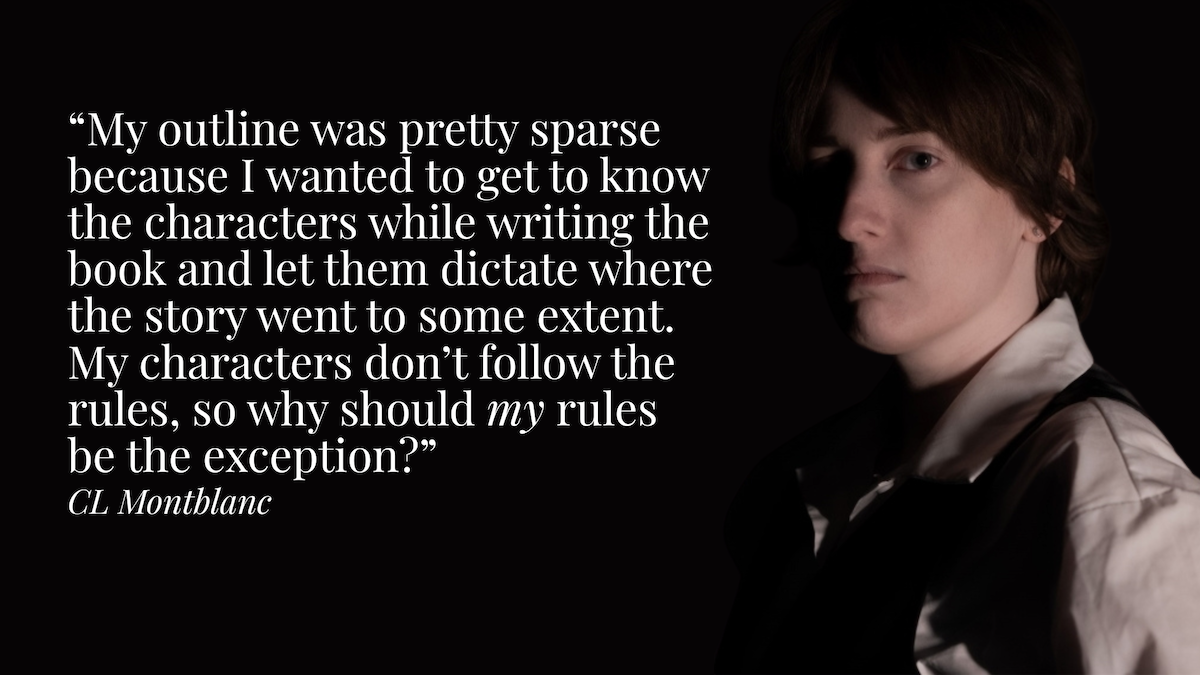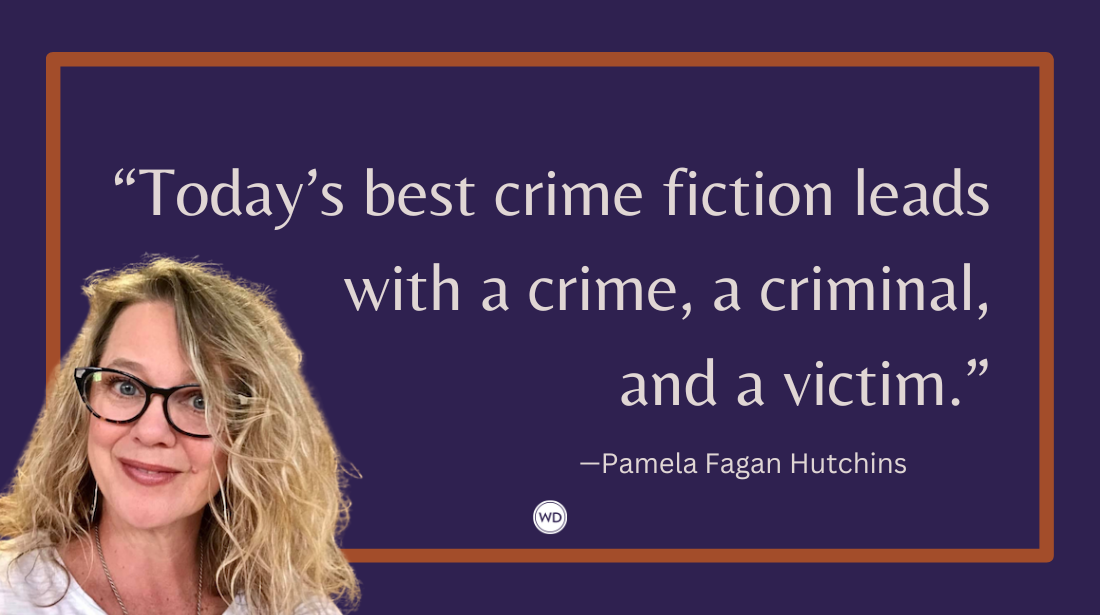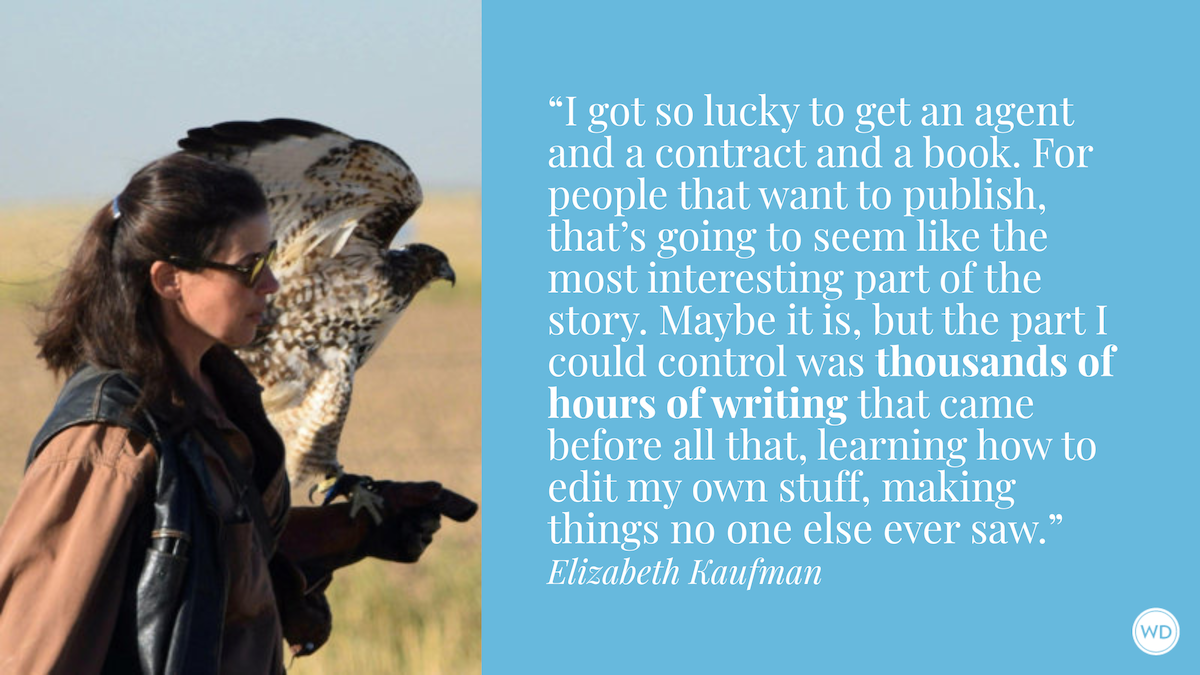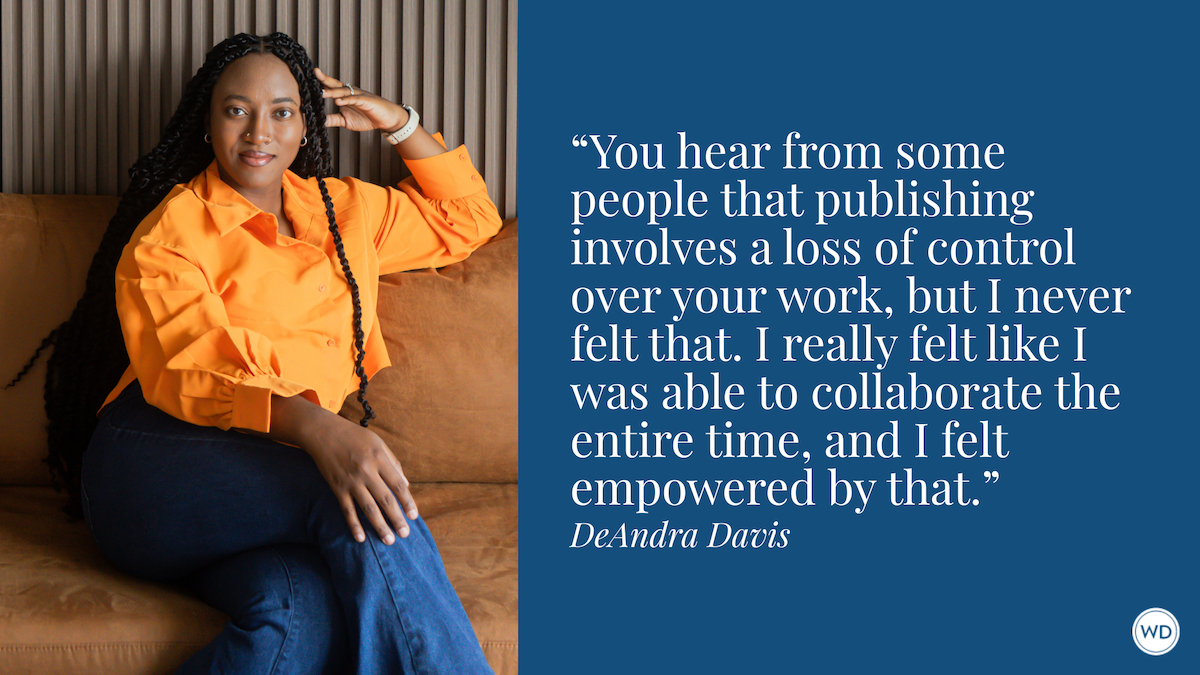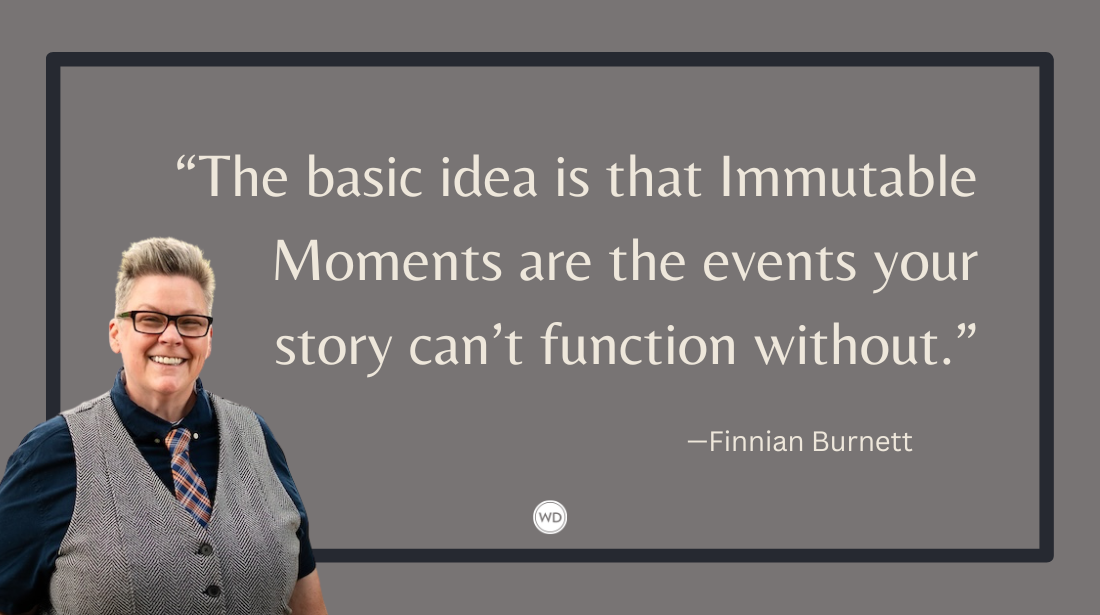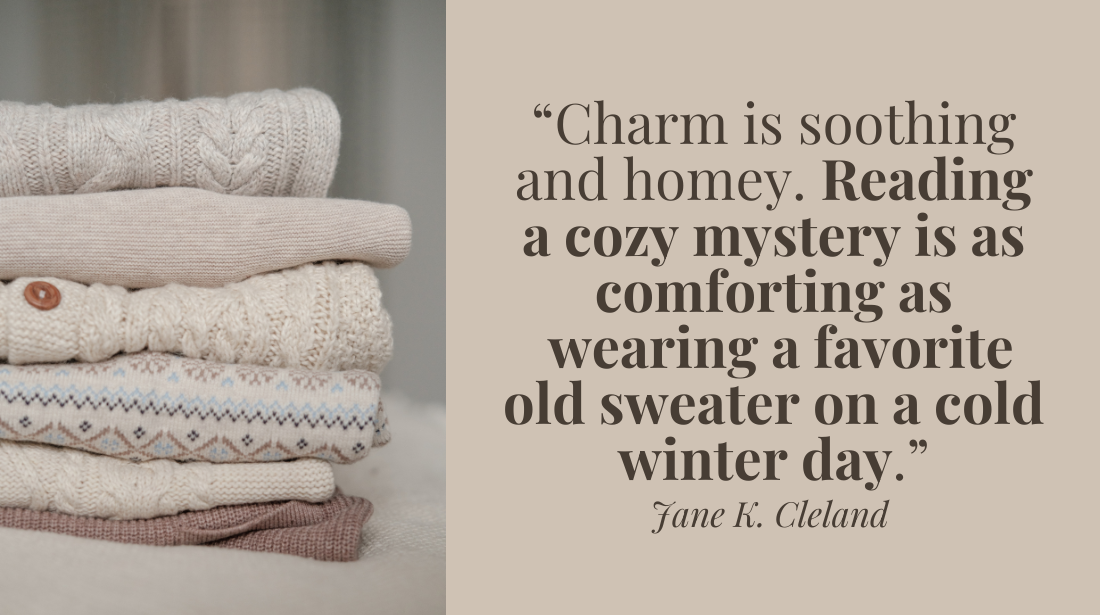4 Tips on Creating Pitch Perfect YA Characters
Creating characters for young adult novels can be a real challenge. Here are four crucial tips to help you get back into the shoes of your high-school self.
Creating characters for young adult novels can be a real challenge, especially if you're an adult and your young adult years are well behind you. Here are four crucial tips to help you get back into the shoes of your high-school self and develop excellent YA protagonists, antagonists and side characters.
Order a copy of Amy S. Foster's The Rift Uprising.
Bookshop | Amazon
[WD uses affiliate links.]
1. Get to Know Your Audience
Recently I read a great review of my book that said that my main protagonist Ryn’s thought process and dialogue were like a normal person’s. She went on to say “I don’t know what it is? Were books not really like this before?” This was just about the best compliment that I could get as an author. I would love to take 100% of the credit here, but honestly, I can’t. I have two teenage daughters and myriad adolescents in and out of my home. When I was writing this book, I listened to how they talked, what they talked about and why. I ran my dialogue by them and they would, in no uncertain terms, tell me: “No seventeen-year-old would ever say that!”
So I reworked dialogue around their feedback. The truth is, that even one generation below you will talk and act differently than you do. If you want to write a book for teens, then you have to spend some time with them; watch their Insta or “Snap stories. Even better, access their “Sinstas.” If you don’t know what a Sinsta is, then you really need to know (a Sinsta is a secret Instagram account.) It’s amazing to me that some authors just draw on their own childhood experiences thinking that it will do. No one would ever write a piece of historical fiction without doing the research. The same rules apply here. Now granted, a piece of reference material can’t roll their eyes at you, but it’s worth it in the end.
2. Don’t Shy Away from The Big Stuff
Young people today are inundated with more information than any other generation before. Parents may want to shield their kids from the ugliness of life, but the internet and vigorous social interactions in schools will expose them anyways. There might be some YA authors that choose to step back from darker, more complex themes. There’s no point. Kids today have seen it all. Not only have they seen it, but they are forced to process it. Don’t try to protect your characters or your readers from the brutalities of life. Rape culture, body image, abuse, racism, drugs, xenophobia, alcohol and sex are topics that teenagers talk about in their real lives. There’s no need to take it easy on them in your writing, not when it’s something they are experiencing. Better to make these issues part of your narrative so that your readers can self-identify. Don’t pander. Don’t hold back.
3. Instalove Is a Thing
This concept of Instalove has got a lot of readers (older ones generally) up in arms lately. For me personally, I’ve taken some flak because Ryn meets a boy named Ezra and her instant connection with him is what gets the ball rolling for her journey. I’m afraid these critics believe that this is an antifeminist trope. The reality is, umm hello? Have you met a teenager? Teenagers can meet someone they like and become obsessed with them after one chance encounter. Attraction is one of the most, if not the most powerful motivators for teenagers. It certainly was for me, and the same goes for my kids. They haven’t yet learned to be cynical or cautious of these overwhelming feelings and the hormones! The hormones are raging. So your protagonist’s motives seem to depend on Instalove. It’s actually not that unbelievable and it’s certainly not antifeminist as the same rules apply for guys. As long as there is a bigger picture, as long as this love is transformative in terms of the narrative, so what? We’ve all done crazy things because we thought we were in love, even if that love doesn’t end up to being the happily ever after sort. It may be a plot device, but it’s not an unrealistic one.
4. Language Changes but People Don’t
Okay so I’ve already given my big lecture about surrounding yourself with teens to get the vernacular right. That being said, your own teenage experience could be a vital component to your work. However, there are two things I want to say about that. The first is that how you identified as a teen can be your “way in” to a character. Were you a loner? Popular but misunderstood? Awkward? A dancer? Bullied? Had bad skin? Had a lot of sex? Had no sex? Those feelings, whether they be recent or decades ago are generally pretty close to the surface. Adolescence is a mine field, so use that pain you felt and that anguish and work through it, through your work. The second thing I want to say about that is this: get a second opinion, it will shock you. I always considered myself to be the dorkiest, most unattractive, obvious girl in the world. I ended up marrying a guy I went out with briefly when I was fifteen. His recollection of me IS TOTALLY different. He thought I was beautiful and sophisticated and super popular, basically that exact opposite of how I saw myself. Our perceptions of self are so skewed when we are young. We’re so hard on ourselves. So, reach out to your high school friends and ask for an honest opinion about how they saw you. This can help you bring added depth to your own protagonists. How you feel is not necessarily how you project. How you saw yourself as a teenager is most likely not the real truth, it’s only your truth. Keep this in mind at all times when you’re writing your teen characters. It can bring valuable nuance to not only your main characters but help flush around the characters you surround them with.
Amy S. Foster is a celebrated songwriter, best known as Michael Bublé’s writing partner. You might recognize her work in his four hit singles, including "Home" and "Haven't Met You Yet.” She has also collaborated with Destiny’s Child, Diana Krall, Andrea Bocelli, Josh Groban and a host of other artists. She is also the author of the novel When Autumn Leaves. When she's not in a studio in Nashville, Amy lives in the Pacific Northwest with her family. Amy is the daughter of singer B.J. Cook and the legendary music producer, David Foster. Fun fact about Amy: Her extended family tree includes Bella and Gigi Hadid, Sara and Erin Foster and Brody and Brandon Jenner, and Clay Aiken! The Rift Uprising, her YA debut, is available now.



